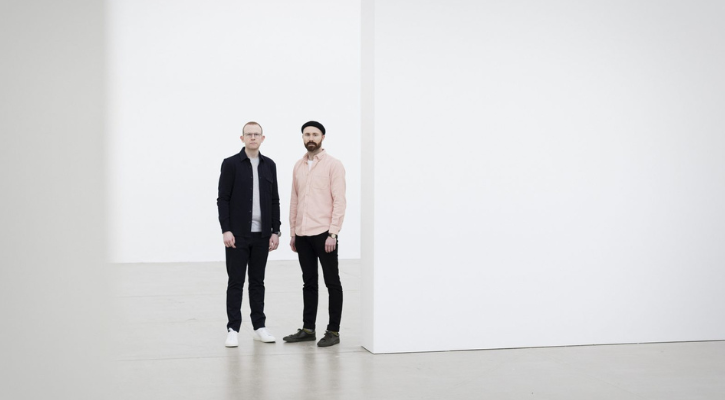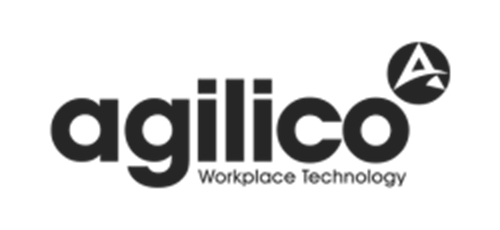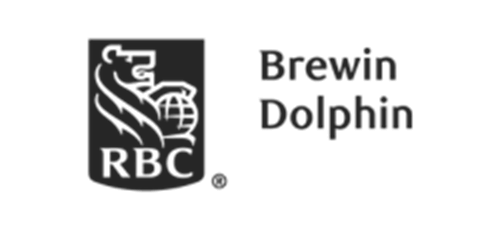Where have you come from?
We studied architecture followed by urban design together at Newcastle University before embarking on different professional career paths. For Scott, this included working at several practices across northern England, notably delivering projects throughout the UK with IDPartnership. Paul, meanwhile, spent eight years at Ryder Architecture, which culminated in the design and delivery of the multi award-winning headquarters for Tombola on the River Wear, Sunderland.
For 10 years, alongside practice, we both delivered separate master's modules and served as visiting critics at Newcastle University’s School of Architecture, Planning and Landscape. We would often meet up and casually discuss the desire to establish our own design studio.

What work do you have and what kind of projects are you looking for?
Our current architecture and interior design work spans the UK: from workplace refurbishments in the capital to a hospitality pavilion in the Lake District and a horticultural retail building in North Yorkshire, right up to a former telephone exchange on the edge of a Glen in the West Highlands. Our largest commission in Northern Ireland is a high-end private residential development with a nearby mixed-use gateway building.
Working across the country has given us more freedom to explore and investigate our own approach. Despite such diversity in scale, sector and location, they all have in common clients who genuinely value design and our process. This process is underpinned by initiating dialogue with each place and exploring what is special about it; exploring and adapting the opportunities of every context. This may be a coincidence to date, but every project is in a sensitive and predominantly challenging site, which makes them even more exciting, requiring research-rich design responses.
In virtually every commission there is something old and valuable we have to carefully critique and appreciate. So, looking ahead we'd welcome more of the same: commissions aligned to our values, making them fulfilling and meaningful to work on.
Our original short-term business plan changed significantly almost from the outset. We'd set up with several hospitality fit-out projects in the pipeline through existing contacts – design-led, yet quick hits in terms of programme. Strategically, this was to have generated some realised work under the company name in a relatively short time frame. The pandemic hit and this sector stopped overnight
The pandemic hit and this sector stopped overnight. We then delayed our launch, pivoted, and proceeded to establish a new client base which ultimately resulted in undertaking a range of feasibility and viability commissions for private commercial clients. These larger projects, several with initially undefined deliverables, resulted in further work, with many still on the books today.
We've noticed an increased number of enquiries focused on work commonly associated with RIBA Stages 0 and 1. This has mostly come from lay clients approaching us to initially assess and identify opportunities across their property and land portfolio, which enables us to champion adaptive reuse from an early stage. To date, this has involved creating research-rich briefs before even considering anything notable in terms of design – the weight of importance afforded to this ‘slower’, yet desirable analytical process has been refreshing and resonated with our ethos.
We've been able to champion adaptive reuse from an early stage. Particularly, as we feel 'slow' has a deeper sense, it returns to the idea of wanting high quality and having to work hard for it.
What are your ambitions?
Short term, coupled with further establishing our name, to continue the natural flow of interest, followers and subsequent diverse commissions across the UK aligned with our design ethos. This will coincide with the growth of our close-knit team and collaborators –the latter probably one of the main reasons for our success thus far. We're actively looking for a larger studio space, which could be a self-funded development project.
Long term, it is about diversifying our income streams, increasing the number and scale of in-house developments or joint ventures for that matter and, in time, creating an equal split between private commissions and our own entrepreneurial ventures. We are often asked about our ambition in terms of practice size, and to remain true to our ethos and desired studio environment we do not see ourselves exceeding a team of 10 or 12 tops.
For those we work for and work with, we aspire to be recognised as an alternative design-led studio that goes beyond expectation. We want our architecture to somehow reflect the unique aspect of every place, no matter how large or small. Naturally, we hope our projects genuinely transform people's lives, making them feel better about themselves in these places, while providing evidence of carefully crafted design, grounded in rigorous research and a devotion to detail. Quite simply, it’s our responsibility as architects to have a positive influence on how we perceive places.
Rambler’s Retreat, North Pennines – sketch section, plans and elevations. The larch shingle mass is raised above the terrain allowing framed views over the surrounding dry-stone wall while retaining the site’s original use as a sheepfold.
What are the biggest challenges facing yourself as a start-up and the profession generally?
The most immediate and potential lasting challenge is recruitment. Naturally the success of such goes hand-in-hand with the infancy of our studio, but having added two talented and valuable team members this year, after a lengthy process, we are on the cusp of increasing our core team.
The best advice had is ‘to be patient and to take your time’
That said, the best and most apt advice we have had is ‘to be patient and to take your time’. All our decisions rightly or wrongly were considered and strategic. We held off from formally launching the business until we felt the timing was right; essentially when we could engage effectively with people in person. The projects unexpectedly shifted to long-term commissions so realisation of our design work will naturally take longer than anticipated too.
We’ve found our clients prefer working with smaller practices as they can quickly obtain assurances regarding who they are investing in – which designers will be working on their commission who can build close relationships with them based on trust. The resulting experience is often more personable.
As we are equally discerning with the projects we undertake, they also take comfort in the value and importance we bestow upon their project for the growth of our studio. We try to make a careful selection based on the motivation of the client and the chemistry.
In respect of the economic downturn, we have been fortunate. It is not hindering our current projects or those in the pipeline for next year, which are deliberately diverse and not limited to a single sector. Although, the speed at which some break ground could be delayed by the well-documented increases in material costs and lead times.
Which scheme, completed in the last five years, has inspired you most?
We've been inspired more by the growing architectural movement of the architect-developer as opposed to a particular scheme. We attended RIBA’s Guerrilla Tactics in 2019 where this theme was explored through the entrepreneurial endeavours of a select number of practices.
What appealed was a growing confidence of not relying upon traditional methods of service and procurement but positively exploiting skills of the profession to generate additional income streams and mitigate the reliance and impact of what can often be a volatile market.
This resonated with us before establishing Alt Studios and we've since acquired some property at auction to explore this arm of the practice in the coming years.
How are you marketing yourselves?
Everything, no matter how banal, is an extension of Alt Studios and, in turn, may have marketing value. So our attention to detail was and continues to be applied to everything from web development, intelligent documentation templates, to letterpress printing – ultimately mirroring our daily approach to project work.
Neither of us used Instagram before starting our practice, but it has become a curated insight into our project work, collaborations, and explorative studio activities. However, as with everyone, time is of the essence, and we are mainly marketing the practice in person by consciously attending and participating in select non-architectural events.
We look to other markets and disciplines for inspiration, so we have not been afraid to reach out, seek advice and mingle. By doing so, we have established a few mentors who in turn made fruitful introductions. Equally, surrounding ourselves with invaluable, like-minded creative collaborators has helped broaden organically our reach and contacts. It's essential for a small studio, to connect and cooperate with the best specialists in every field.
In terms of giving back and presenting ourselves to the future generation of architects and designers, we delivered for both regional architecture schools a self-initiated, student career programme, Candid.
Over 120 architectural students participated and benefited this year from our series of informal, yet thorough workshops. Incidentally, it is returning locally in 2023 before expanding to additional architectural schools in 2024.
Originally published on Architect Journal.







